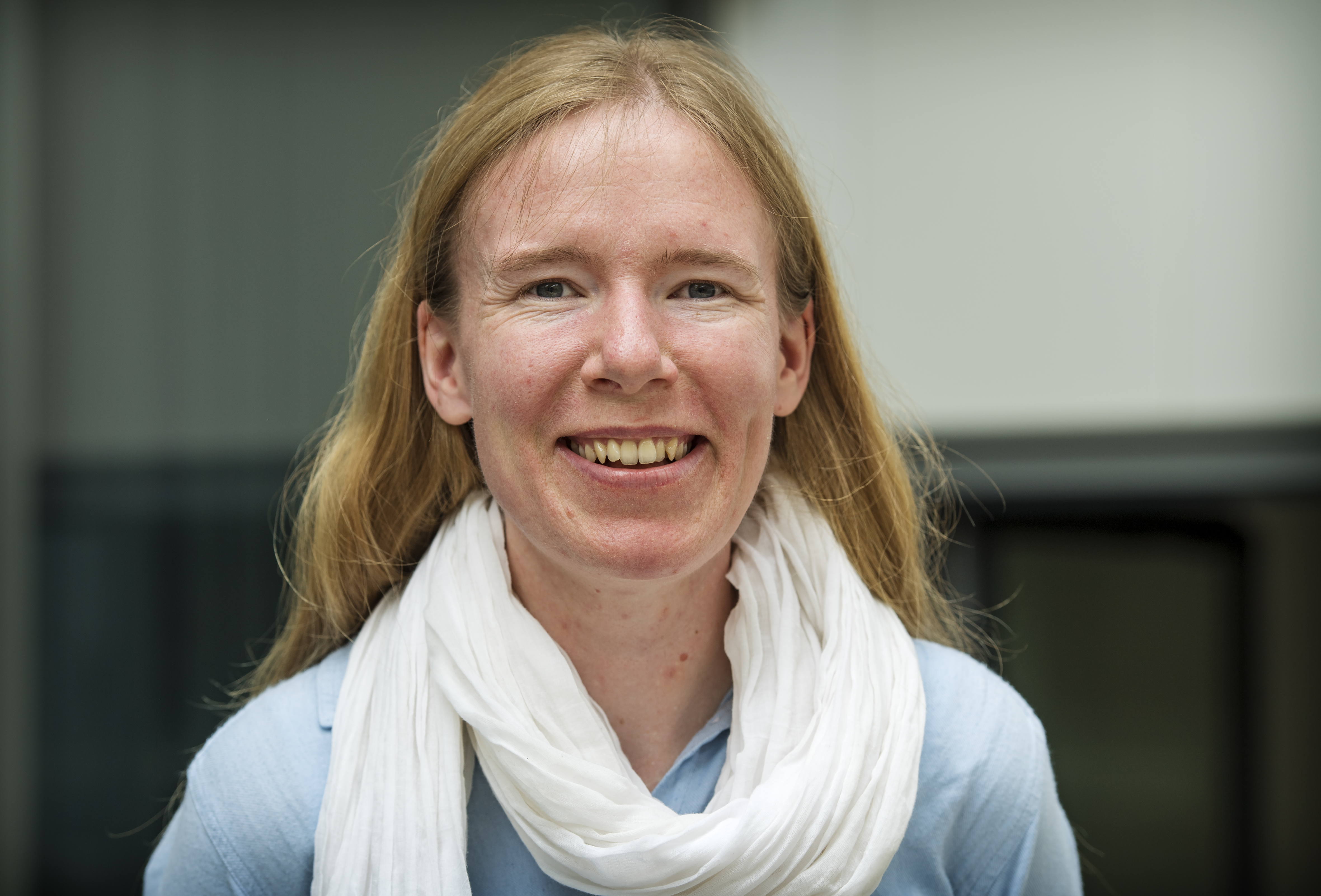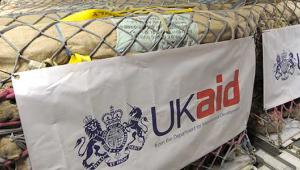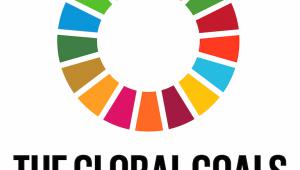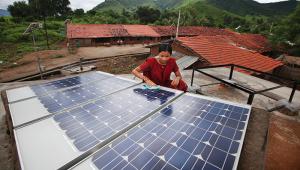UN car convoy aid delivery.jpg
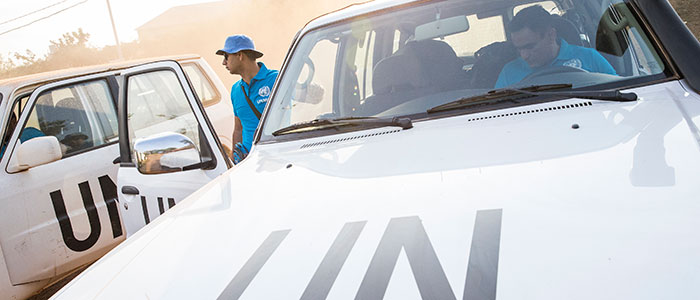
UN vehicles
There’s nothing like a royal baby to throw off the best-made predictions.
Back in May, as the Organisation for Economic Cooperation and Development’s Development Assistance Committee (DAC) kicked off a new round of negotiations on untying Official Development Assistance (ODA), I blogged that this would still be a burning issue long after interest in the British royal wedding and other events of 2018 had subsided.
Looking back, I admit I may have somewhat misjudged the chances of a downturn in interest in the royal couple. The DAC’s negotiations about untying ODA, on the other hand, turned out to be just as heated as predicted.
The far-reaching costs of tied ODA
Tied ODA – ODA given on the condition that it be used to buy goods or services from companies in the donor country – puts the interests of a handful of firms in rich countries ahead of the priorities of people living in poverty.
This comes at a heavy cost. As highlighted in Public Finance International last month, tied ODA holds back the long-term development of communities in the global south, depriving crucial local supply chains of important investment, and missing the opportunity to redistribute procurement spending towards local people who are experiencing inequalities.
In addition, tied aid can come with a high price-tag in the short-term, as it removes the opportunity to shop around. Recent Eurodad research estimated this price-tag was between US $1.95 billion and $5.43 billion dollars in 2016 alone.
An important step forward
This is why the outcome of the DAC’s recent negotiations is so important.
At the end of October, DAC members agreed to expand the coverage of the DAC Recommendation on Untying beyond Least Developed Countries, to include other Low Income Countries and countries eligible to receive the most concessional financing from the World Bank.
In addition to fifty-five countries already within its scope, the recommendation will now be extended to: Kosovo, Kyrgyzstan, the Maldives, Marshall Islands, Micronesia, Samoa, Syria, Tajikistan, Tonga, and Zimbabwe. For these ten ODA recipients – many of them contending not only with severe poverty but also with conflict, fragility, or some of the worst impacts of climate change – the DAC’s decision couldn’t come a moment too soon.
A quick look at the DAC’s database of ODA-funded activities gives a glimpse of how the recent decision could affect people on the ground. In 2016, DAC donors used tied ODA for projects such as:
· Insecticide spraying to prevent malaria in Zimbabwe
· Enhancing basic reading skills in schools in Kyrgyzstan
· Restoring essential services in conflict-affected areas of Syria
Such essential interventions are the last place where the narrow commercial motives of tied ODA should take precedence over development objectives. N
ow, if donors put the Recommendation on Untying into practice, they will be obliged to set the interests of their domestic companies aside. All in all, the DAC secretariat estimates that the new wider Recommendation could lead to the untying of some $3.5 billion of ODA per year.
A hard-won battle, but the fight goes on
With such a strong development case for widening the Recommendation on Untying, you might think that the DAC’s approval of this proposal would have been a mere formality.
Instead, the negotiation was very contentious, with a credible threat that a few donors might block the proposals altogether. There was also a serious risk that three Heavily Indebted Poor Countries previously included within the Recommendation – Cameroon, the Republic of Congo, and Bolivia – might fall between the cracks of the DAC’s proposed new parameters.
The fact that these risks were averted is testament to the principle and commitment of a small group of DAC members, who fought their corner hard.
Nonetheless, there was only so much that these members could do, and the outcome has serious limitations that stand in the way of efforts to tackle poverty and inequalities. First, Japan reserved the right to tie its ODA to all but Least Developed Countries, irrespective of the Recommendation’s broader scope.
Second, more significantly still, the recommendation retains major loopholes. It excludes ‘free-standing’ technical co-operation (i.e. which is not linked to a specific ODA-funded project). It also leaves it to DAC members’ discretion whether to untie food aid – a loophole which, given the added costs of tied aid, is likely to mean fewer hungry people receive essential food.
And despite the strong arguments for untying aid in all countries, many ODA recipients still remain outside the recommendation’s scope (to see just how problematic this is, look no further than the case of Kenya).
Words into action
What is more, as Eurodad’s recent research has found, commitments to untie ODA on paper are not always matched by procurement measures that give firms from other countries a fair chance in practice.
In 2016, more than half of all reported bilateral ODA contracts were awarded back to firms in the donor country. In contrast, only 13% of contracts implemented in least developed countries or heavily indebted poor countries flowed to local companies.*
Our research found that donors were often missing simple opportunities to give local firms in the global south a fairer chance. These include: splitting contracts into smaller chunks; advertising through local media outlets; advertising in local languages; and enhancing procurement skills in donor agency field offices.
Until DAC members take simple steps like these, many of the costs of tying will continue to be felt by people in poverty, no matter which ODA-eligible country they live in.
Will recent progress in widening the recommendation remain trapped on paper?
Or, more positively, could the recent breakthrough in the DAC’s negotiations give DAC members the impetus to overhaul their approaches to procurement in practice? I don’t have a strong track record for making predictions. But one thing is sure – if DAC members are interested in maximising the impact of ODA, these are questions they can’t afford to ignore.
* Analysis by value of contracts.

